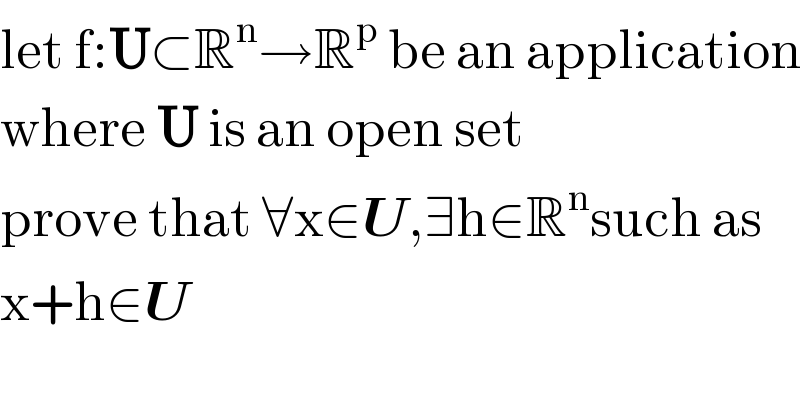
Question and Answers Forum
Question Number 71548 by Cmr 237 last updated on 17/Oct/19

Answered by mind is power last updated on 17/Oct/19

| ||
Question and Answers Forum | ||
Question Number 71548 by Cmr 237 last updated on 17/Oct/19 | ||
 | ||
Answered by mind is power last updated on 17/Oct/19 | ||
 | ||
| ||